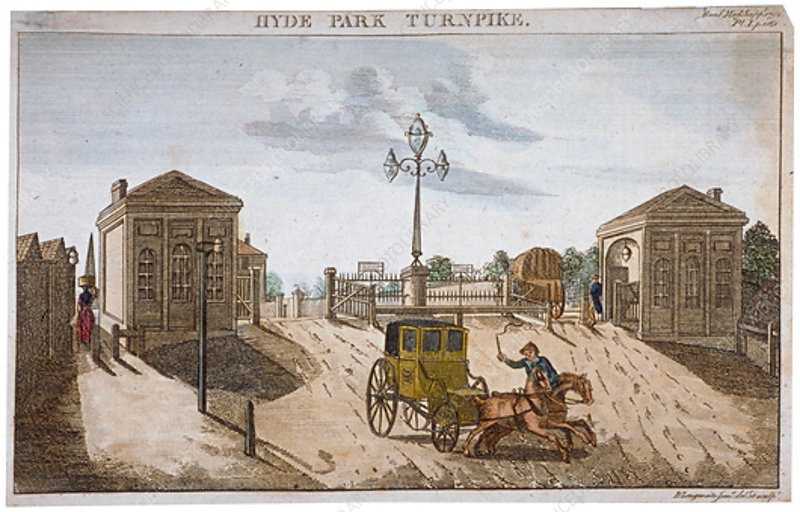Both Henriette Gyland and I have new books out about a female highwayman. Fascinated by finding this out, I invited Henri to come and enlighten us about her novel. Henri's novel is called The Highwayman's Daughter. I asked her:
Did you base The Highwayman's Daughter on a particular highwayman?
This is a hard question to answer. Initially I would say “no” but the idea of the highwayman is firmly lodged in our collective consciousness that I probably did base it on a particular highwayman – or a conglomeration of several – without even realising it! In addition to that I wanted to work from the premise of an “ordinary decent criminal”, the otherwise upright character forced into a life of crime due to personal circumstances.
As a writer of romantic fiction it was important for me to maintain the myth and the romance of the highwayman. Of course, the reality was quite different – most highwaymen were ruthless thugs, and many were rapists and murderers too. Some even did it for kicks rather than necessity, like Lady Katherine Ferrers whose gutsiness I can’t help admiring despite her dubious reasons for taking to highway robbery (she was bored, apparently).
Yes, I agree. The myth and romance is what attracts readers to the idea. The reality may have been somewhat different! I had to think hard about how ruthless I wanted my female highwayman to be before I started writing, and I'm interested to know what you think makes a good female highway robber.
She has to be daring, but she can also be frightened. In the 18th century, who wouldn’t be scared of sustaining a wound from a victim determined to protect his (or her) property? Even if the wound itself wasn’t fatal, it could so easily turn septic, and our highway robber would die an agonising death. Then there was the risk of disclosure and being caught which would lead straight to the gallows, with only the rarest chance of a reprieve.
Like any other thief, our female highway robber would also have to be clever enough to dispose of stolen goods without drawing attention to herself and to blend in with everyday life.
From a purely writerly perspective, in order for her to be an effective female heroine, she has to have to have a Good Reason for committing her crimes. Even though she breaks the law and technically threatens innocent people into submission, she still needs a strong moral code.
Yes, I think you're right - the motivation is everything. But with such a compelling female protagonist, how can the hero compete?!
Good question! To avoid the gutsy heroine taking over the story, in my opinion the only way the hero can compete is by having his own strengths. By that I don’t mean physical superiority, although he would likely have that, or an I-must-conquer-this-female attitude, but an inner strength which leaves him in no doubt about who he is and his place in society. However, if he belongs to the upper echelons, he should never pull rank over those less fortunate than himself, including the heroine.
He must be noble, honourable, and even when he makes mistakes, he must possess the courage to admit to these mistakes and do whatever it takes to right those wrongs. Can he break the law too? Sure, but like the heroine he must have a strong moral code.
I have just downloaded The Highwayman's Daughter and I'm looking forward to meeting your characters. I'm hoping that our two heroines don't meet on the road - or there could be a bit of a battle! Fortunately novelists are a bit more polite, and it's been a pleasure to have you here, Henriette.
You can find Henriette Gyland on her Website
On Twitter: @henrigyland or on Facebook
You can never have enough books about Highwaywomen!
You may also like:




















